World Borders - global boundary exploration tool
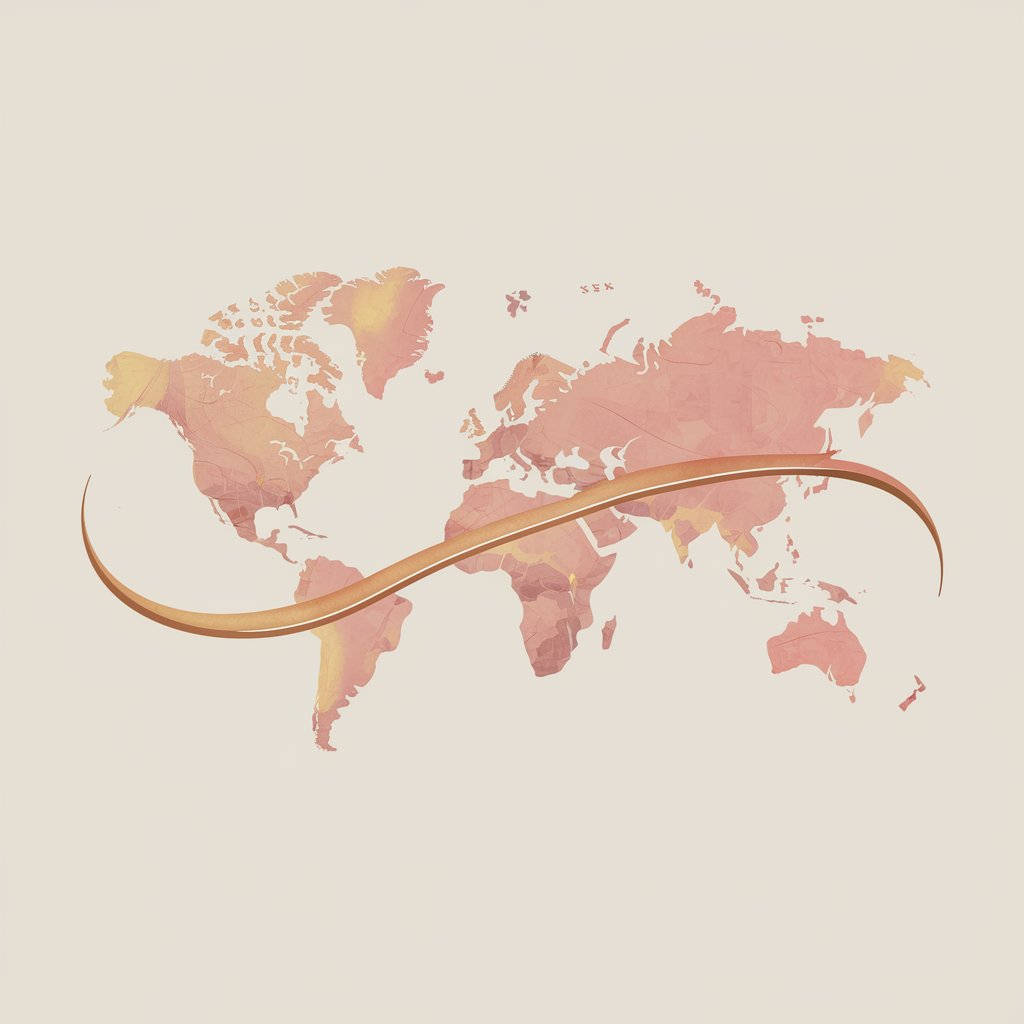
Hello, ready to explore the edges of the world with me?
Explore World Borders with AI
What are some unique geographical borders between countries?
Can you explain the historical significance of the Berlin Wall?
How do natural boundaries like rivers and mountains influence political borders?
What are some lesser-known disputed borders around the world?
Get Embed Code
Overview of World Borders
World Borders is designed as a specialized digital assistant to explore and discuss the geographical and political boundaries of the world. Its purpose is to provide insights into the complex and dynamic nature of international borders, territorial disputes, and related geopolitical matters. This GPT offers users a deep dive into the nuances of border-related issues, offering both historical context and current developments. For instance, it can describe the implications of changing boundaries in conflict zones, discuss the history of territorial claims, or provide analysis on border agreements and disputes. Powered by ChatGPT-4o。

Core Functions of World Borders
Geopolitical Analysis
Example
Explaining the implications of the Russia-Ukraine border issues, including historical context and current territorial disputes.
Scenario
A user interested in the geopolitical shifts in Eastern Europe could use this function to understand the ongoing conflict, its origins, and international responses.
Border History
Example
Detailing the evolution of the borders of the Balkan states following the disintegration of Yugoslavia.
Scenario
This feature is useful for educators or students studying European history who need to understand the ethnic and political complexities that led to the current national boundaries.
Current Border News and Updates
Example
Providing updates on the construction of new border barriers or changes in border policies, like the U.S.-Mexico border wall developments.
Scenario
Journalists or policymakers could use this function to stay informed on latest developments for reporting or policy-making purposes.
Target Users of World Borders
Academics and Researchers
This group benefits from World Borders by gaining access to detailed, accurate historical and contemporary data on border changes and territorial disputes, aiding in scholarly research and teaching.
Journalists and Media Professionals
Journalists covering international news can utilize the real-time data and in-depth analysis provided by World Borders to enhance their coverage of international conflicts and border-related news stories.
Policy Makers and Government Officials
These users benefit from having a reliable source of information on border policies and territorial disputes to support decision-making processes in diplomacy and national security.

How to Use World Borders
Access the Tool
Visit yeschat.ai to try World Borders for free without needing to log in or subscribe to ChatGPT Plus.
Define Your Query
Prepare your question or discussion topic related to world boundaries, geopolitics, or related areas to fully leverage the tool's capabilities.
Interact with the AI
Input your query into the interface. Use clear and specific language to help the AI understand and respond accurately.
Explore Responses
Review the AI's responses for insights and further information. You can follow up with more questions to deepen the discussion.
Utilize Outputs
Apply the insights gained in educational, creative, or professional contexts. The tool can help enhance presentations, articles, or personal knowledge.
Try other advanced and practical GPTs
Strategem Master
Master Strategies, Empowered Decisions

Auto Ajuda Espiritua
Empowering your spiritual journey with AI

Neutron
Empowering Your Coding Journey with AI
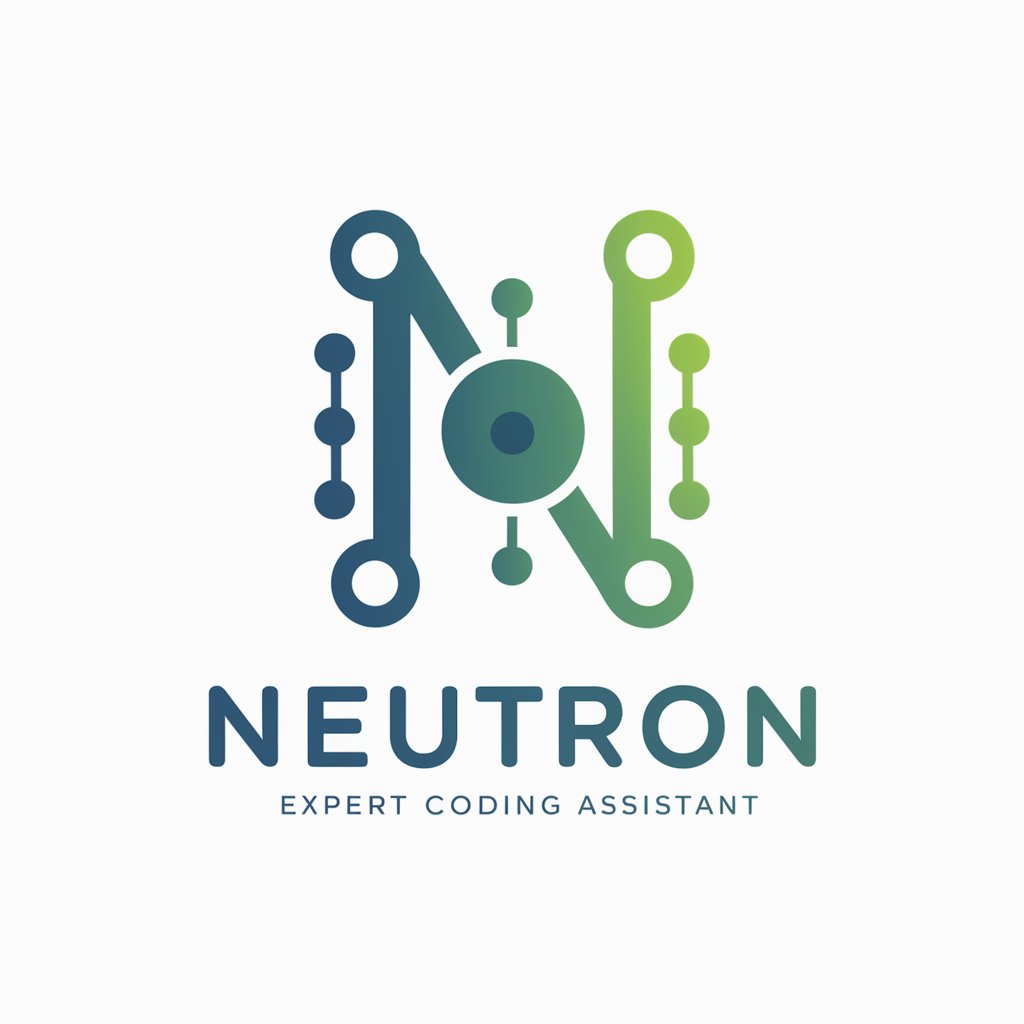
Godot God
AI-Powered Game Development Made Easy
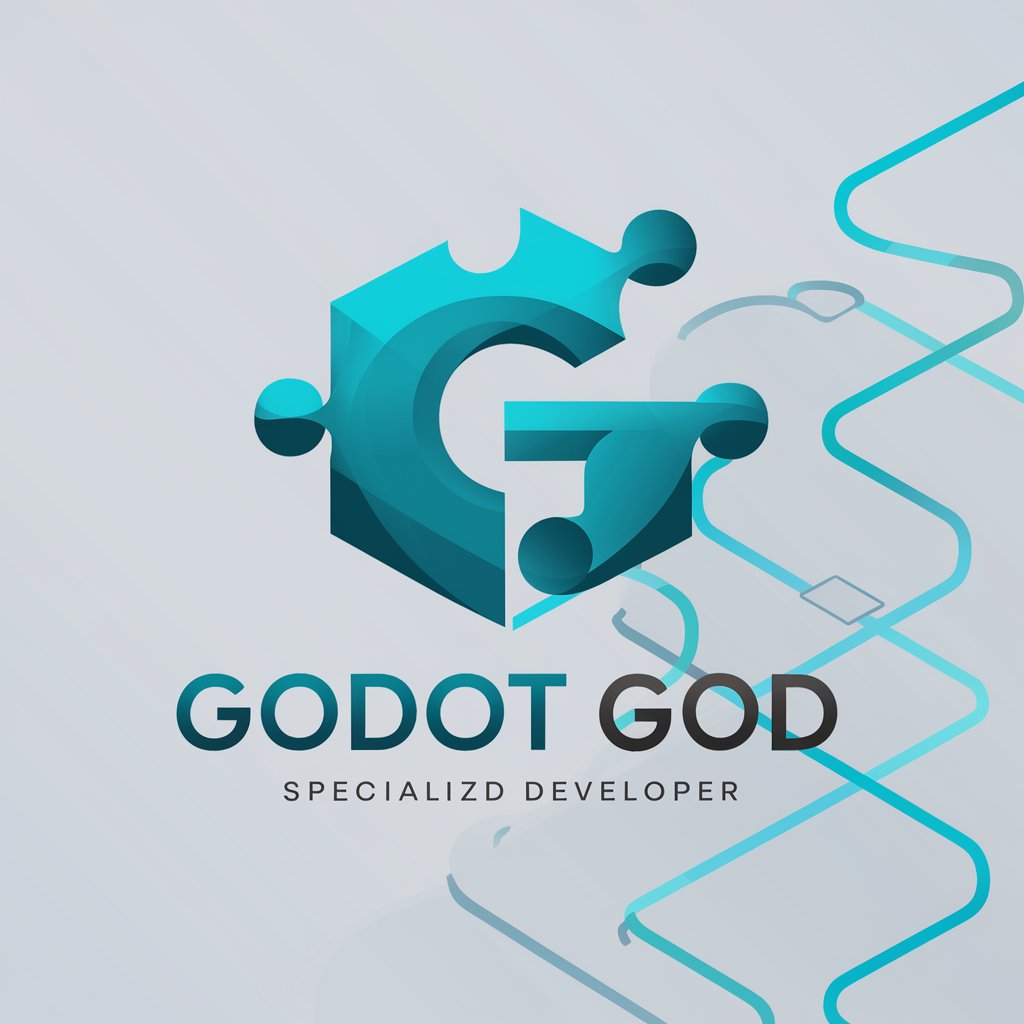
Business Loans Guide (not financial/legal advice)
Empowering your finance journey with AI

Which Big Bang Theory Character Am I?
Discover Your Inner Nerd!
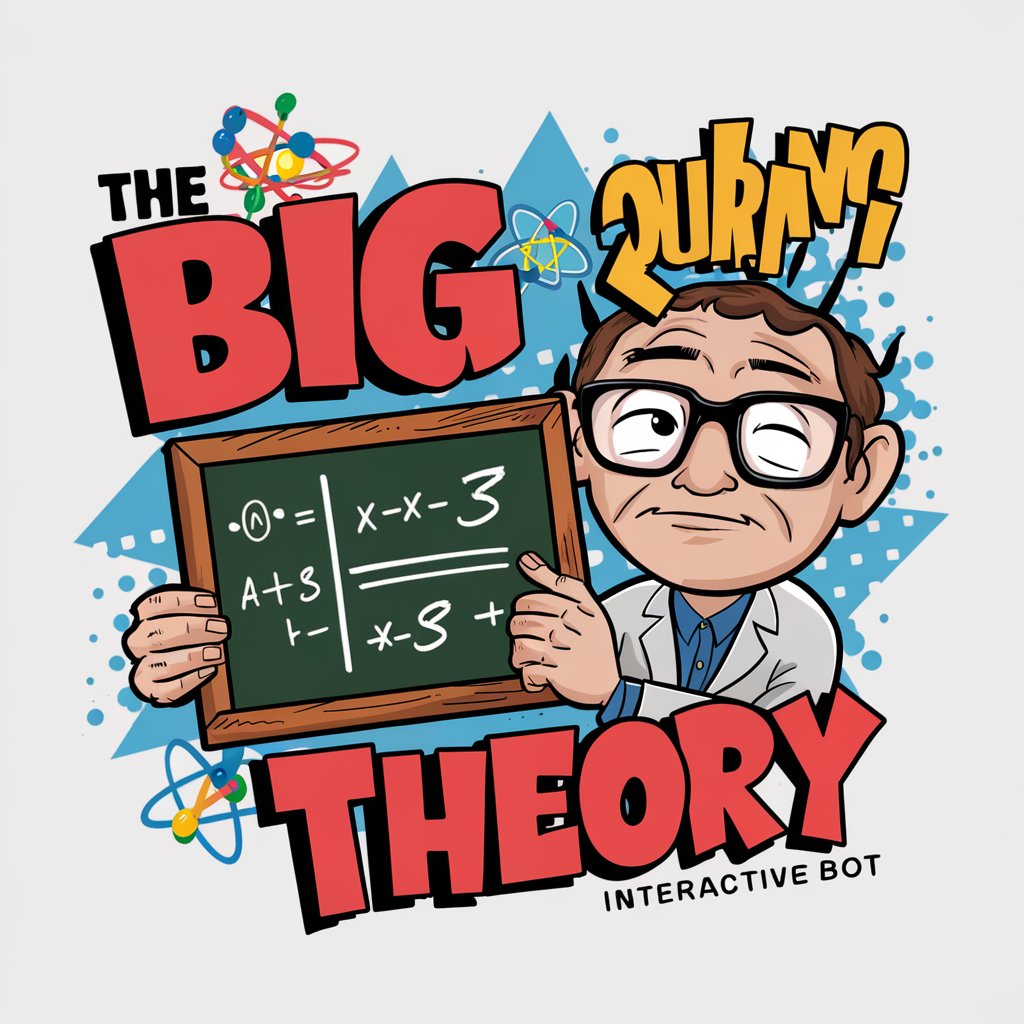
Borderless SVG Sticker
AI-powered cartoon stickers made simple

Outreach Composer
AI-Powered Email Personalization

Outreach Architect
Empowering Your Outreach with AI

Interior Design Outreach
Revolutionizing designer collaborations with AI.

Crossover Creator
Unleash creativity with AI-driven crossover concepts.
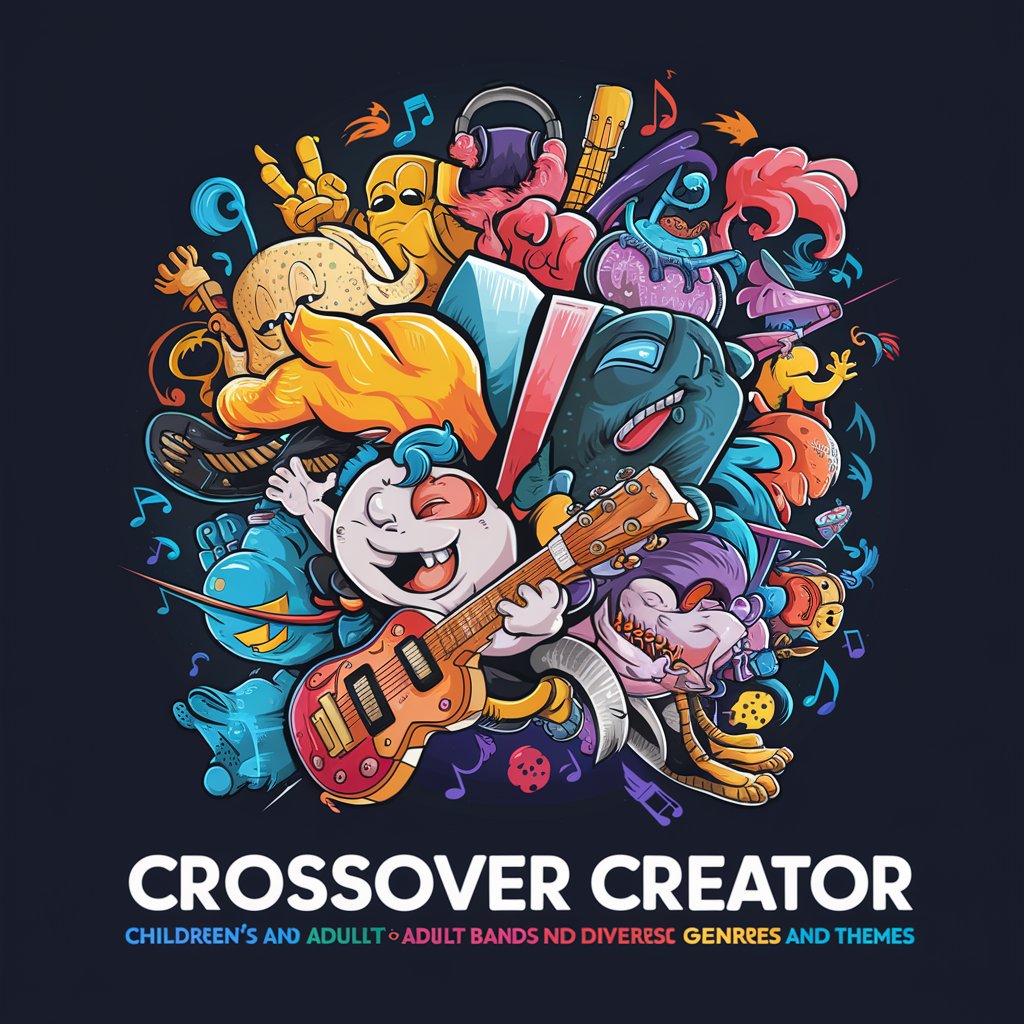
MotivateMe
Power Your Day with AI Inspiration

Frequently Asked Questions About World Borders
What exactly does World Borders do?
World Borders is an AI tool designed to explore and discuss geographical, political, and cultural boundaries across the globe. It provides information, analyses, and interpretations related to world borders.
Can World Borders help with academic research?
Yes, World Borders is particularly useful in academic settings, providing detailed information and data points that can be used in research papers, theses, and presentations on geopolitical topics.
Is there a cost to use World Borders?
No, World Borders can be accessed for free on yeschat.ai, with no need for logging in or having a subscription to ChatGPT Plus.
How accurate is the information provided by World Borders?
World Borders strives to provide accurate and up-to-date information by using the latest available data and sources, though users are encouraged to cross-verify with authoritative resources when necessary.
Can World Borders create maps or visual representations?
While World Borders primarily provides textual information and discussions, it can guide users on where to find relevant maps and visual resources to complement the information provided.
